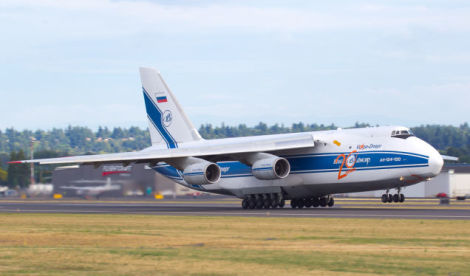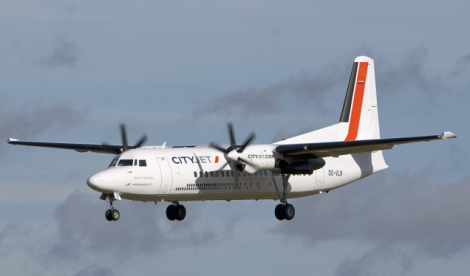Welcome to This Date in Aviation History, getting of you caught up on milestones, important historical events and people in aviation from December 26 through December 28.
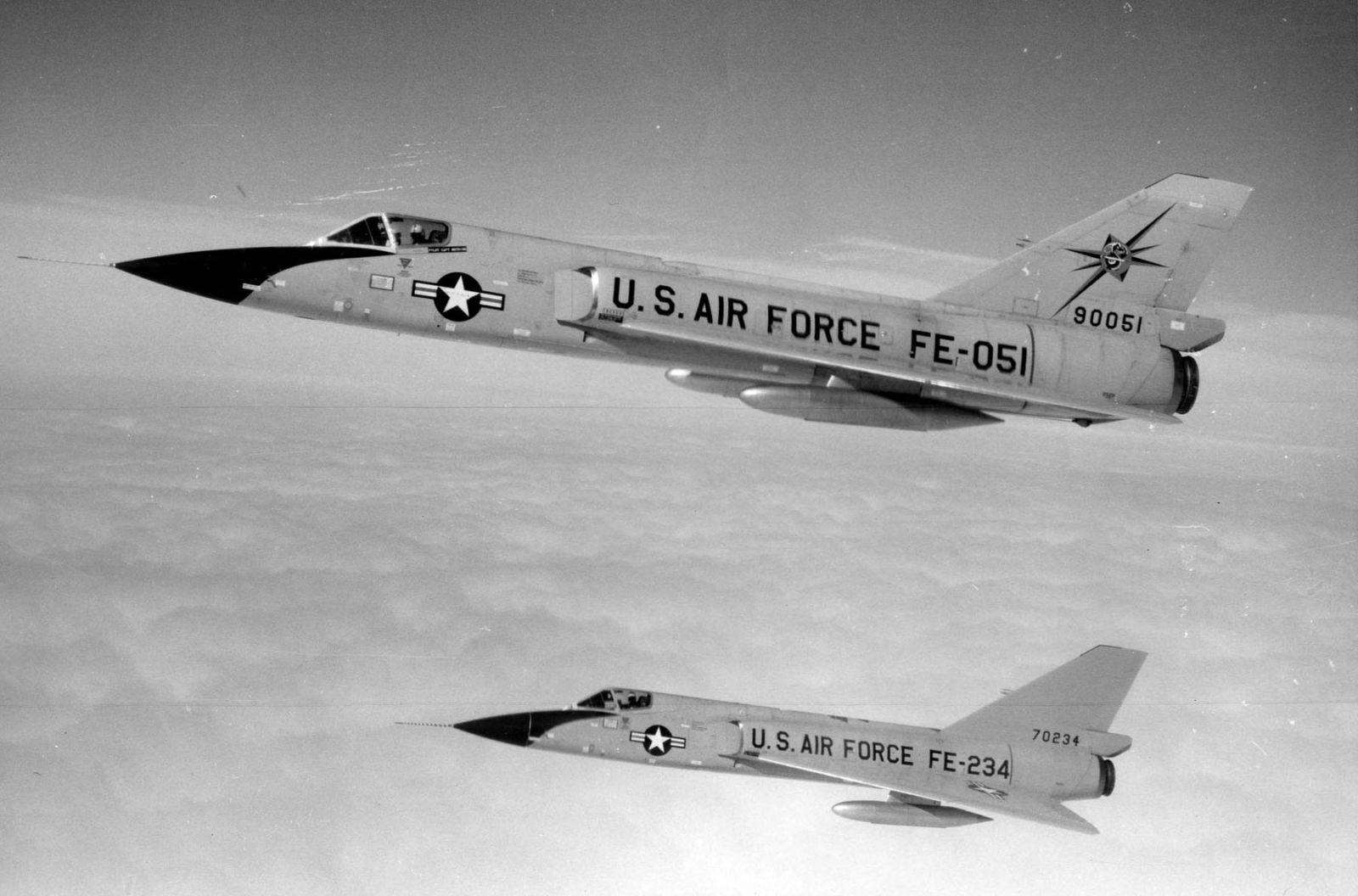
December 26, 1956 – The first flight of the Convair F-106 Delta Dart. As aerial fighting tactics evolved along with jet fighters in the 1950s, the emphasis began to shift away from the dogfighting that was so much a part of WWII toward the high-speed interception of incoming enemy bombers. Interceptors were built with an emphasis on speed rather than maneuverability, and the machine gun and cannon gave way to long-range air-to-air missiles directed by powerful radars that could detect infiltrating enemy aircraft and destroy them before they could get close enough to loose their weapons. The quest for an effective jet-powered interceptor dates back to 1949, when the Air Force began looking for an aircraft to keep up with advances in Russian bomber design. Planes like the Northrop F-89 Scorpion and North American F-86D Sabre came out of this request, but these aircraft, and others like them, were all subsonic. So the Air Defense Command requested an entirely new plane that would enter service by 1954, one that would be flown by a single pilot and also capable of flying beyond the speed of sound.

One of the early aircraft to be adopted by the Air Force was the Convair F-102 Delta Dagger, but the F-102 was incapable of supersonic flight until its fuselage was redesigned to take advantage of the area rule. Since the redesigned Delta Dagger, designated the F-102A, only just met the Air Force’s requirements, Convair set out to create the ultimate interceptor, using the F-102 as the starting point. Ultimately, the redesigned fighter was so drastically different that the Air Force instead gave it a new designation, F-106. Like its predecessor, the F-106 conforms to the area rule formula, but the intakes of the F-106 were shortened and outfitted with adjustable inlet ramps to alter the air flow at different speeds. The traingular vertical stabilizer of the F-102 was replaced with a larger, squared off swept stabilizer, and the engine was replaced with an afterburning Pratt & Whitney J75 axial-flow turbojet which provided a 50-percent increase in power.
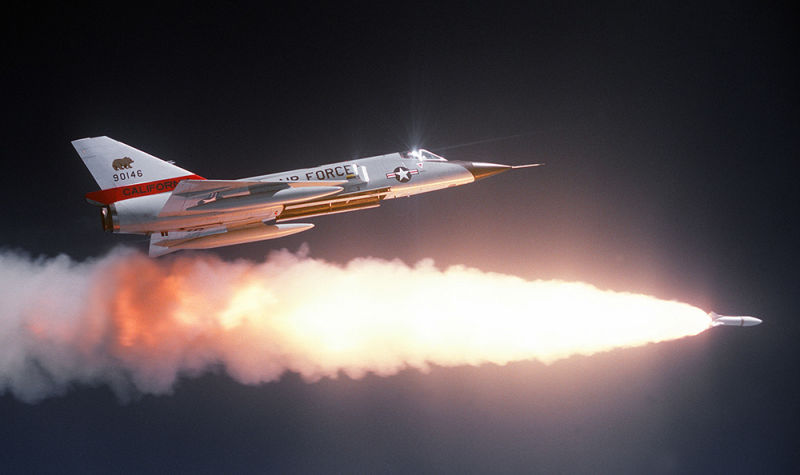
The Delta Dart was equipped with the Hughes MA-1 fire control system, which worked in concert with the ground based Semi-Automatic Ground Environment (SAGE) to allow ground-based radar operators to steer the F-106 onto its target and fire the missiles automatically. Designed as a pure missile-armed interceptor, the F-106 had no internal gun, and its spacious internal bomb bay housed housed four GAR-3 (AIM-4E) Falcon radar-guided missies or four GAR-4 (AIM-4G) Falcon infrared-guided missiles, or a combination of both. The Delta Dart also carried a single Douglas AIR-2 Genie nuclear rocket. The unguided Genie was designed to detonate in the center of a large formation of enemy bombers. Later, some F-106As were fitted with a bubble canopy and an M61 Vulcan 20mm rotary cannon in place of the Genie rocket. Nicknamed “Six Shooters,” the cannon-armed Delta Darts were not meant for dogfighting, but the cannon was intended to provide extra firepower to knock down enemy bombers.
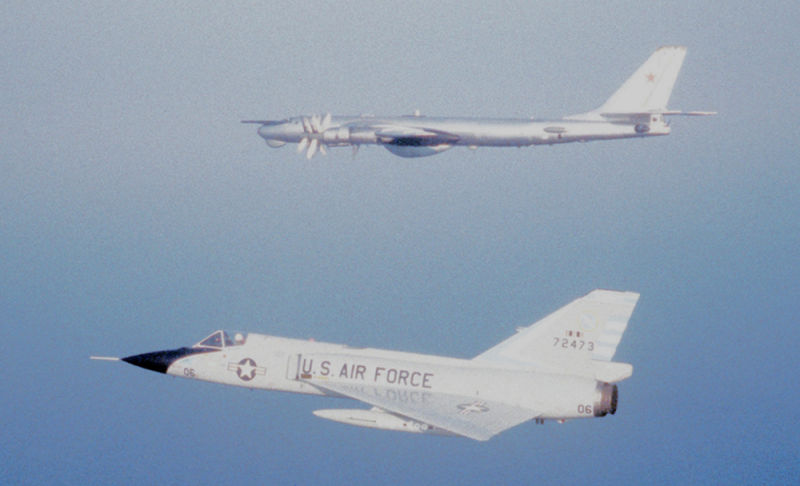
In its role as an interceptor, the Delta Dart provided protection to North America from bases in the continental US, Alaska and Iceland and, while considered for use in Vietnam, the F-106 never saw actual combat. They did, however, perform countless interceptions of Russian bombers testing US defenses during the Cold War. By 1981, the F-106 started being replaced by the McDonnell Douglas F-15 Eagle, and remaining Delta Daggers were passed to the Air National Guard, where they were finally retired in 1988. After their service had ended, the remaining aircraft were moved to the desert for storage, and 194 of the 342 Delta Daggers Convair had built ended their life as remotely piloted QF-106 target drones.
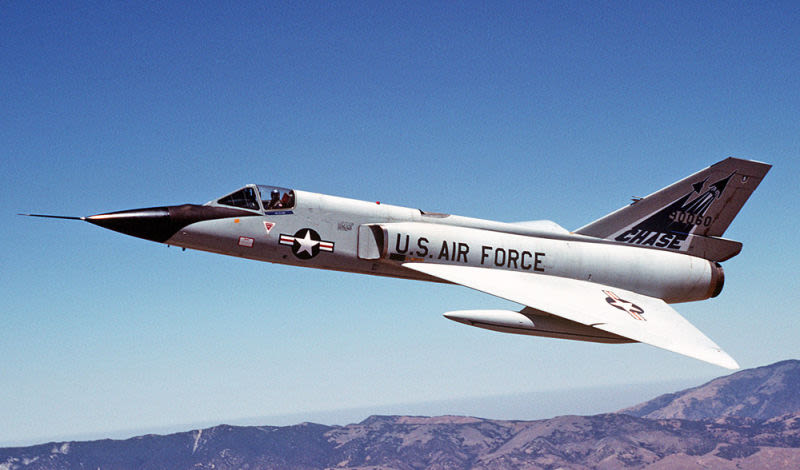
Short Takeoff
December 26, 1982 – The first flight of the Antonov An-124, a strategic airlifter built by the Soviet Union and the largest military transport aircraft in the world. The An-124 is similar to the American Lockheed C-5 Galaxy, but its construction allows the rear door to be opened during flight, and it is capable of carrying 25% more cargo than its American counterpart. The An-124 has set numerous records, including a world record flight of 10,881 nautical miles without refueling in 1987. Antonov has completed 55 An-124s, though production was halted in 2014 due to political and military tensions between Russia and Ukraine, where the aircraft is built.

December 27, 1982 – The death of John Leonard “Jack” Swigert. Swigert was born on August 30, 1931 in Denver, Colorado, and was a fighter pilot in the US Air Force, the US Air Force Air National Guard, and a civilian test pilot before joining the NASA astronaut corps in 1966. Swigert replaced astronaut Ken Mattingly as Command Module Pilot on the ill-fated Apollo 13 mission, and was slated to be the Command Module Pilot on the Apollo-Soyuz Test Project, but was removed from the mission after his involvement in the Apollo 15 postage stamp incident when stamps that had been taken aboard Apollo 15 without authorization were offered for sale. After leaving NASA in 1973, Swigert was elected to Congress, but died of respiratory failure before taking office.

December 27, 1951 – The first flight of the North American FJ-2/FJ-3 Fury. By the early 1950s, the US Navy was desperate for an effective swept-wing fighter that could fly from the decks of their carriers and tangle with swept-wing Russian fighters like the MiG-15. Without time to develop a new aircraft, the Navy turned to North American to have them develop a carrier variant of the successful F-86 Sabre. The Fury had an elongated nose wheel to assist with takeoffs, a strengthened fuselage, and a tail hook was added for arrested landings. A total of 741 FJ-2 and upgraded FJ-3s were built, and the type was eventually developed into the FJ-4, an entirely new fighter, though it shared the same basic design.
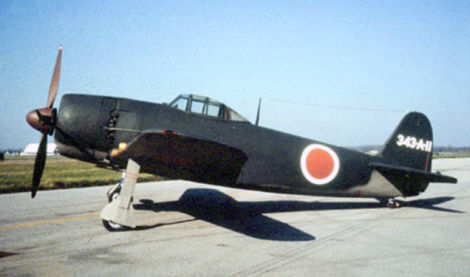
December 27, 1942 – The first flight of the Kawanishi N1K . The N1K was a superb Japanese fighter of WWII that existed in both a floatplane version (Kyōfū, Allied reporting name Rex), and a land based version (Shiden, Allied reporting name George). The George was considered to be one of the best Japanese fighters of the war, and was notable for its use of a mercury switch that automatically extended the flaps during a turn, making it an excellent dogfighter. The Shiden was a match for most late-war Allied fighters, but despite more than 1,500 being produced, its was introduced too late in the war to affect its outcome.
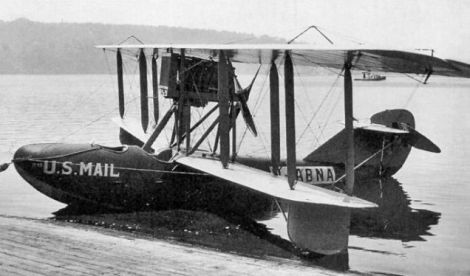
December 27, 1919 – The first flight of the Boeing Model 6, a biplane float plane and Boeing’s first civilian design after the Model 1, which had been built for the US Navy. Similar to the Curtiss HS-2L that Boeing had built under license during WWI, the Model 6 (also called the B-1) was powered by a Hall-Scott engine turning a pusher propeller and had accommodations for one pilot and two passengers in a boat-shaped hull. After the war, Boeing was unable to obtain orders for the aircraft due to an abundance of surplus military aircraft, and the single example was sold to Edward Hubbard in 1920, who used the plane to carry airmail between Seattle, Washington and Victoria, British Columbia. After its retirement in 1930, the Model 6 was preserved and put on display at the Museum of History and Industry in Seattle.
December 28, 1985 – The first flight of the Fokker 50, a turboprop transport aircraft and successor to the highly successful Fokker F27 Friendship. The F-50 was built from a stretched F27-200, with the most significant difference being more powerful and fuel efficient Pratt & Whitney Canada PW125 engines and an electronic flight and engine management system. The F50 can accommodate up to 62 passengers, and a still longer cargo version, the Fokker 60, has also been developed. Produced from 1987 to 1997, a total of 213 of both types have been built, with many remaining in service today.
Connecting Flights
If you enjoy these Aviation History posts, please let me know in the comments. And if you missed any of the past articles, you can find them all at Planelopnik History. You can also find more stories about aviation, aviators and airplane oddities at Wingspan.
